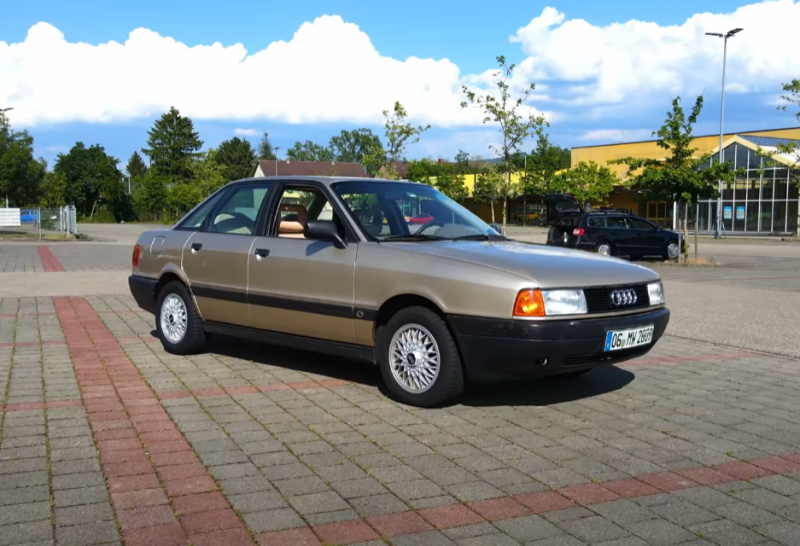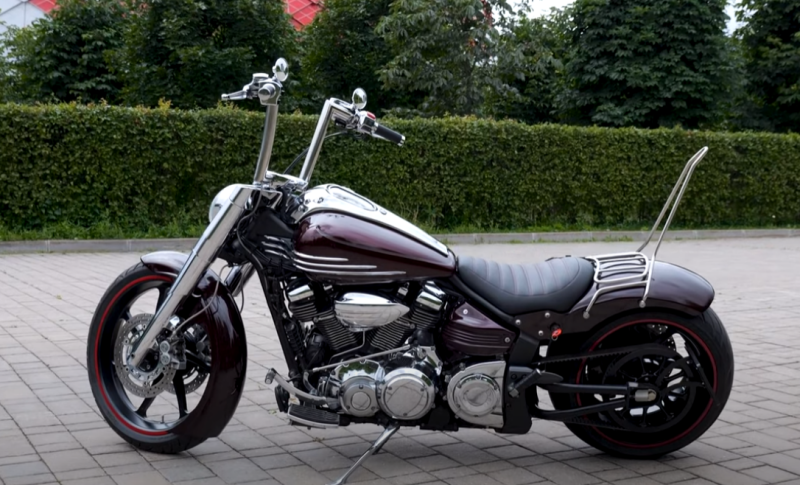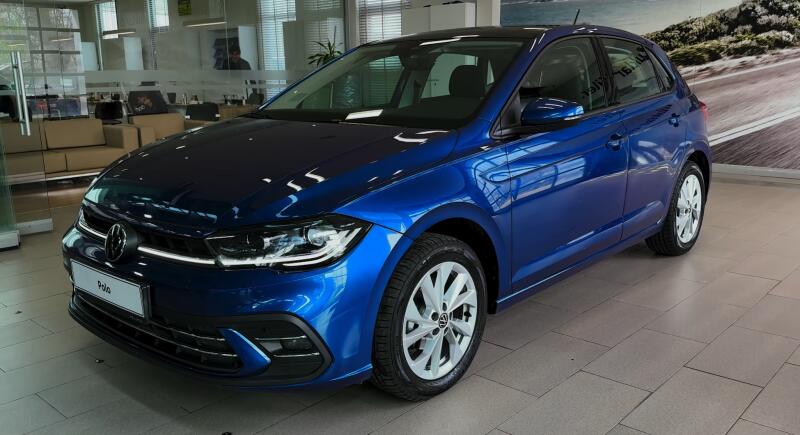For the 1961 season, Ferrari needed more power. Rocky and I decided to use the 120° configuration, based on the fact that the 65° had a heavy crankshaft fitted with double crankpins. The engine met our expectations: more torquey, with less weight, and developed an additional 11 hp. With. This engine, in the turbocharged version, was installed by Ferrari on the modern 126C and 156/85.
– Carlo Chiti
Another example of dual use was the birth of the famous Ferrari 015 horizontally opposed engines, which power the 1T series of Formula One cars. With these motors won: Niki Lauda, Jody Schecter, Gilles Villeneuve. But initially this project was developed for small aircraft, which is why the “flat” configuration was chosen: the customer insisted on placing the engine inside the wing. As a result, signor Ferrari did not make friends with aviation, and they decided not to throw away the finished engine, but to use it in Formula 312. The result of such a prudent approach was three championship titles in the Individual Classification and four Constructors' Championships. Profit! But there were other examples as well.
Return background
Ferrari's return to sports prototype racing, after a twenty-year absence, was helped by a change in regulations in the American IMSA-GTP racing series. Previously, this championship was hosted by Eagle-Toyota, Jaguar and Nissan, but the “arms race” that began in the late eighties brought this class to a standstill: the costs of teams to create competitive vehicles increased exorbitantly, and the cars became too fast and dangerous.
The management of the series decided to "ground" the highest category of GTP, allowing the use of engines based on a serial cylinder block. It was also decided to seriously limit the aerodynamics. The result was the IMSA Exxon WSC (World Sports Car) championship.
Il Sogno Americano - The American Dream
The head of MOMO, Gianpiero Moretti, saw in the change in regulations a chance to realize his dream, that is, to bring a sports Ferrari to the US tracks. Moretti shared his thoughts with Piero Ferrari, who, after some thought, nevertheless agreed with his arguments and gave the project a green light.
You must have seen the movie Ford v Ferrari. The film is set in the late sixties and tells, among other things, how Ken Miles in a Ford GT40 fights Chris Amon in a Ferrari 330 P4. So, some time after the events described in this movie, the Commendatore abandoned all racing projects, except for Formula 1. So the Ferrari 333SP was the first sports prototype built in Maranello since the 312 1971PB.
And instead of the heart "formula" motor
The driving force for the new sports prototype was the Ferrari 037 V12 engine used in a Formula 1990 car in 1. This is practically the same power unit that allowed Alain Prost to fight for the championship title with Ayrton Senna. Of course, in order to withstand 24-hour marathons, the engine was improved: the designers increased the working volume from three and a half to four liters in order to comply with the requirements of the technical regulations.
For the sake of increasing the resource, power had to be sacrificed, from the original 710, it fell to 640 horses, the maximum speed also decreased, from 13400 to 11000 rpm, the liter power was 160 hp. s./l. The Italian engine, which received the F310E index, retained the "formula" configuration of the cylinder block and the camber angle of 65º, as well as heads with five valves per cylinder: in total there were 60 valves in this engine!
Paradox
The birth of the Ferrari 333SP was made possible by the road model F50, which in turn was born by the 333SP! How is this possible?
The fact is that, according to the new regulations, only atmospheric engines with a working volume of not more than four liters could be used in IMSA-WSC. At the same time, the motor must have been used on road cars that are commercially available. Of course, the Italians could use the V8 from the Ferrari 348 road car, but, firstly, it would not withstand a doubling of power, and secondly, you remember: nothing dies in a Ferrari! So why not use a purebred racing engine, where everything is in order with power, having previously made it serial?
Logically, the first to be born was the Ferrari F50, with an engine from a Formula 1 car, bored out to a displacement of 4.7 liters. But it is the opposite - it appeared later than the engine for the 333SP was created!
Entertaining numerology
By the way, why was the new Ferrari given such an index? The fact is that in Maranello, the working volume of one cylinder was often used for the names of sports cars. Of course, not always, for example, the index "512" meant 5 liters and 12 cylinders, "156" - one and a half liters and 6 cylinders, and "126" - the camber angle of the cylinder block 120 ° and 6 cylinders.
Mauro Rioli was appointed technical director of the project, Gian Paolo Dollara led the development of the chassis, Dialma Zinelli from Dallara and Giorgio Camachella from Ferrari worked on the aerodynamics. As a consultant, the Italians invited Tony Southgate, who once created Formula 1 cars, and shortly before the events described, worked at TWR Jaguar.
Many connoisseurs believe that the 333SP is not quite a Ferrari. And although Maranello did build the first few copies, to be precise, four, subsequently the production was outsourced to Gian Paolo Dallare. So what, another Dallara-Ferrari?
Enzo Ferrari once said: “When you buy a Ferrari, you only pay for the engine. The rest I give you for free." Therefore, despite the fact that the chassis was made on the side, the engines were still born in Maranello, which means this is 100% Ferrari!
Dallara produced ten chassis, with numbers from 005 to 014 (number 013 was not used by the superstitious Italians), after which the production was transferred to Michelotto. In the end, 40 333SP chassis were built, of which only four were purebred Ferraris.
Debut
Rivals saw the potential of the new Ferrari in 1994, after the 333SP took the first two places in the third round of the IMSA-WSC championship at Road Atlanta!
At the end of the 1994 season, the Ferrari 333SP drivers scored five victories in the seven races they entered, but skipping the first two races resulted in Ferrari losing the IMSA title. But the next season, the Italian dream came true - the WSC Champion title went to the Spanish rider Fermin Welles, who rode the 333SP. Several other interesting things happened that year. First, Ferrari won the 12 Hours of Sebring. And secondly, Italian sports prototypes reappeared at the start of the 24-hour marathon in Le Mans, France!
In fairness, the Ferrari 333SP has never even come close to the leaders of this legendary race. The best result of the performances of the Italian car was the sixth place in 1997. But in America, Ferrari felt good! Three victories in the 12 Hours of Seabring, an individual championship title in 1998, and finally a victory in the Daytona 24 hours with the crew:
- ?Didier Theis
- ?Gianpiero Moretti
- ?Mauro Baldi
- ?Ari Lindik
And it was Ferrari's first victory at Daytona since 1967! In 1999, Ferrari 333SP entered the European Championship International Sports Racing Series, entering the top SR1 class, where they remained undefeated until the 2001 season.
The last time the Ferrari 333SP was seen was at the Monza 500K in 2003. But it was no longer a Ferrari, as the “formula” heart of the V12 was replaced by the British Judd V10.
















